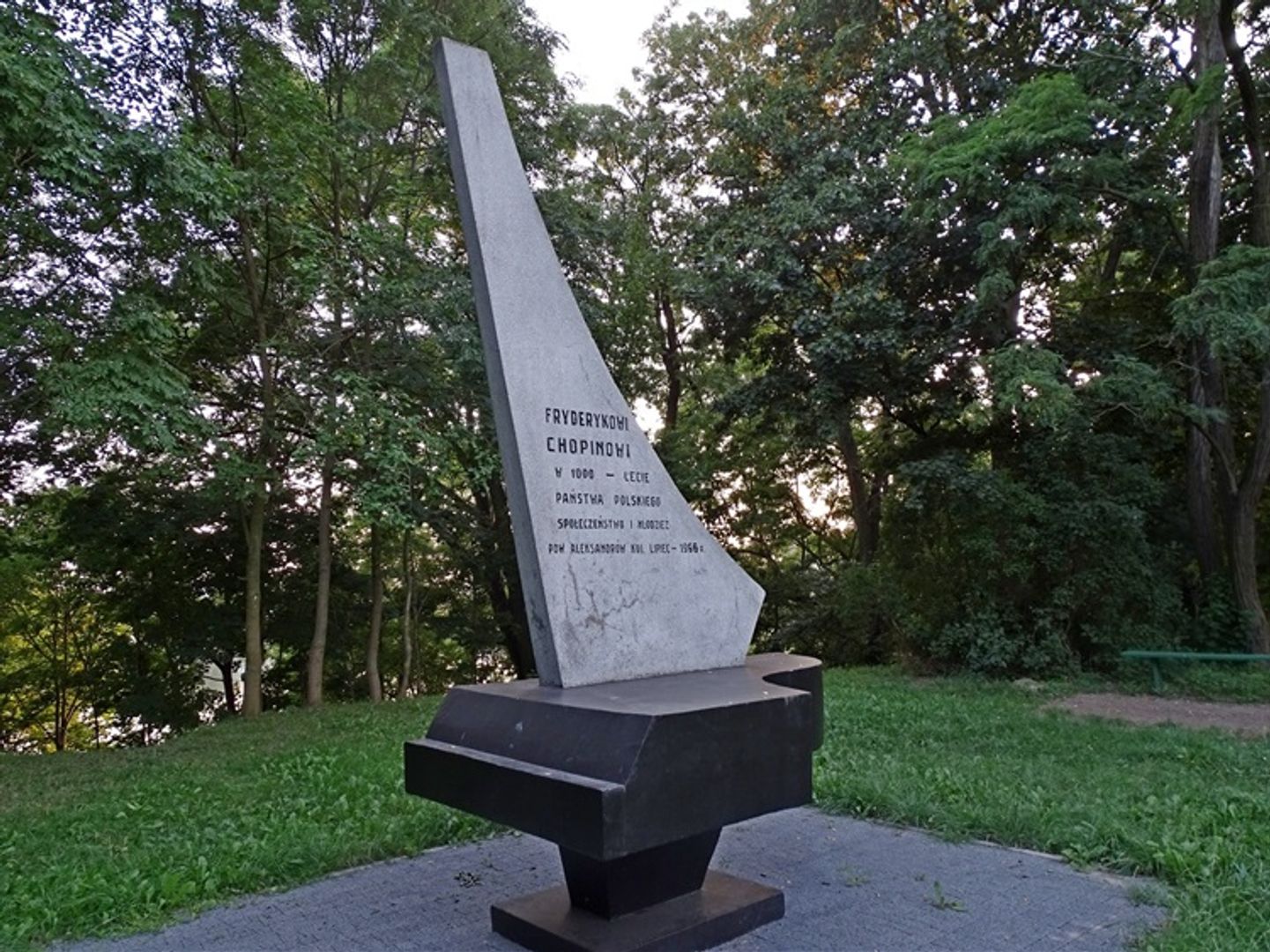Służewo
6.67

Overview
Służewo is a village in Poland, located in the Kuyavian-Pomeranian Voivodeship, known for its rich history dating back to the 5th century BC. Although now a village, it was once a town, having received its town charter before 1489, and it gained fame for its amber trade and location on the Amber Road. The first mentions of Służewo come from 1241, when the Masovian Duke Konrad I granted the settlement to Count Gotard. From the 12th century, Służewo was under the rule of the Pomian family, and later the Służewski family of the Sulima coat of arms, who influenced the development of local administration and crafts in the Middle Ages. In the 16th century, Służewo became an important craft and trade center, with a population of about 400 people. By the 18th century, this number had grown to 503 residents. Służewo had numerous craft workshops as well as a brewery, placing it among the dynamically developing settlements of the time.
One of the most significant architectural features is the Gothic-Renaissance Church of St. John the Baptist, built in 1581, which is one of the oldest religious buildings in the region. The manor park, designed in the English style with remains of the Służewski palace, testifies to the former importance of the estate. Another shining peculiarity of Służewo is its connection to Frédéric Chopin, whose youthful love was Maria Wodzińska, born in Służewo.
In the 18th and 19th centuries, Służewo struggled with issues related to the partitions of Poland and industrial development, which led to its decline and the loss of its town rights in 1869. After World War II, the village was rebuilt, but in later years, Służewo's significance diminished compared to nearby Aleksandrów Kujawski. Despite this, various cultural organizations remain active in Służewo, including scouting and the sports club "Orzeł." The village is also home to the Tadeusz Kościuszko Primary School, and the care for local history and traditions is continued by its residents. The historical heritage of Służewo, both architectural and cultural, combined with its rich history, makes it an interesting place for exploring local traditions and influences.
Location
City
Deanery Toruń IV
Tertiary Administrative Division
Aleksandrów Kujawski
County
Aleksandrów County
Country
2025 Wizytor | All Rights Reserved